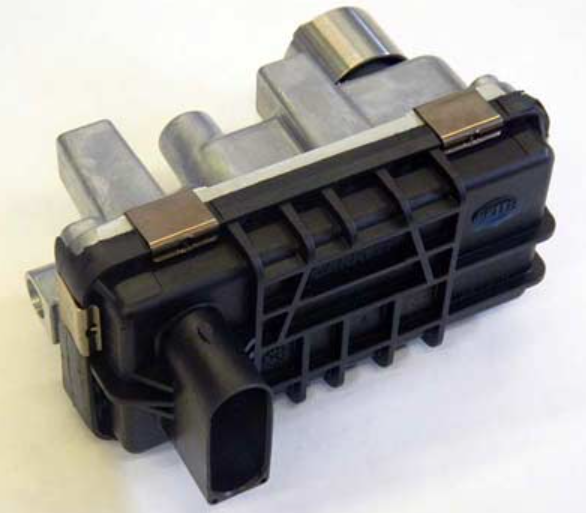Turbocharged engines are admired for the way they deliver extra power and torque without needing larger engine sizes. The secret lies in using exhaust gases to spin a turbine, which then compresses more air into the combustion chamber. But without careful control, a turbocharger could generate far more pressure than an engine can handle. This is exactly why the turbo wastegate is such an important component.
What is a Turbo Wastegate?
At its core, a turbo wastegate is a valve designed to regulate exhaust flow. Instead of allowing all exhaust gases to drive the turbine, it opens at a set boost level to divert some gases away. This keeps the turbocharger from spinning uncontrollably and prevents excessive boost pressure.
In other words, the turbo wastegate ensures the turbocharger delivers power safely, striking a balance between performance and engine protection.
Internal vs. External Wastegates
There are two main kinds of wastegates used in turbo systems:
- Internal Wastegate – Located inside the turbocharger housing, it’s compact and economical. Most factory-built turbo cars use this type because it saves space and offers enough control for everyday driving.
- External Wastegate – A separate unit mounted to the exhaust manifold. It allows more precise boost regulation, making it popular in racing or high-performance applications. External designs are also better at handling high heat and pressure.
Both serve the same purpose, but their design and capability depend on the needs of the engine.
Why the Turbo Wastegate Matters
A properly working turbo wastegate is crucial for several reasons:
- Safety: Prevents harmful overboost that could damage pistons, gaskets, and valves.
- Performance Consistency: Keeps boost levels stable, ensuring smooth acceleration.
- Longevity: Reduces stress on both the turbocharger and the engine.
- Efficiency: Helps maintain the right balance between power output and fuel use.
Without a reliable wastegate, an engine could either struggle with underperformance or suffer from dangerous overboost conditions.
How It Interacts with Other Turbo Components
The turbo wastegate doesn’t work alone—it’s part of a bigger system:
- Actuator: A mechanical or electronic device that physically opens and closes the wastegate.
- Boost Controller: Allows fine adjustments to boost pressure by controlling how and when the wastegate opens.
- Engine Management System: Monitors conditions and signals the actuator to ensure the turbo operates within safe parameters.
Together, these elements maintain the delicate balance of air pressure that defines turbo performance.
Signs of a Wastegate Issue
When a turbo wastegate begins to fail, drivers may notice:
- Sudden loss of turbo power.
- Boost levels that are too high or too low.
- Warning lights triggered by the engine control unit.
- Irregular acceleration or lag.
If these symptoms appear, it’s wise to find a specialist near you who can properly diagnose and resolve the problem.
The Future of Turbo Wastegates
Technology continues to advance, and so do wastegates. Many modern vehicles now use electronic wastegates, which offer faster response times and more accurate boost control compared to traditional pneumatic designs. This not only improves performance but also helps meet stricter efficiency and emissions standards.
Conclusion
The turbo wastegate might not get as much attention as the turbo itself, but it is equally important. By regulating boost pressure, it ensures engines enjoy the benefits of turbocharging without risking damage. From standard daily drivers to high-performance machines, every turbocharged engine depends on a wastegate to keep power delivery smooth, safe, and efficient.

